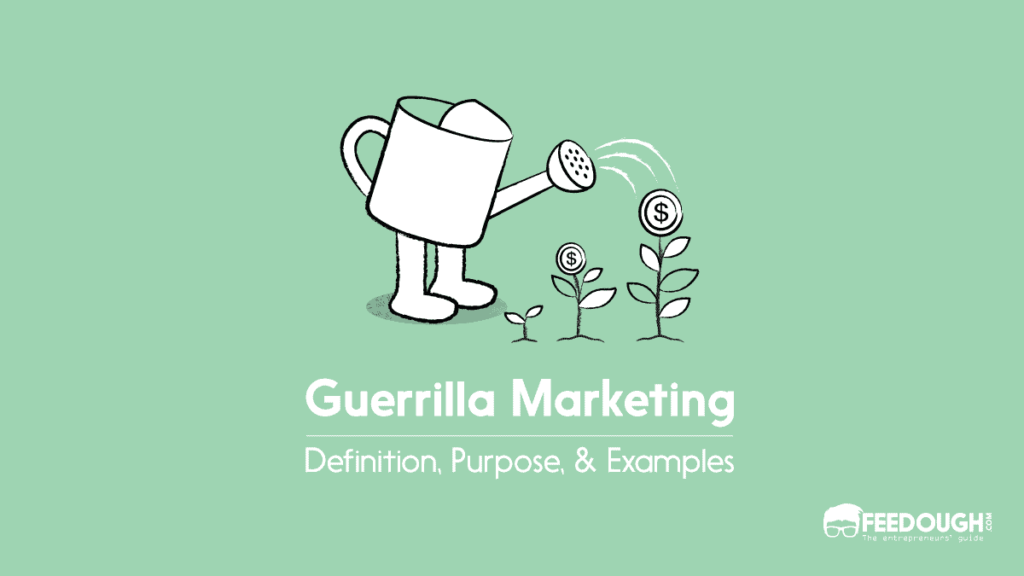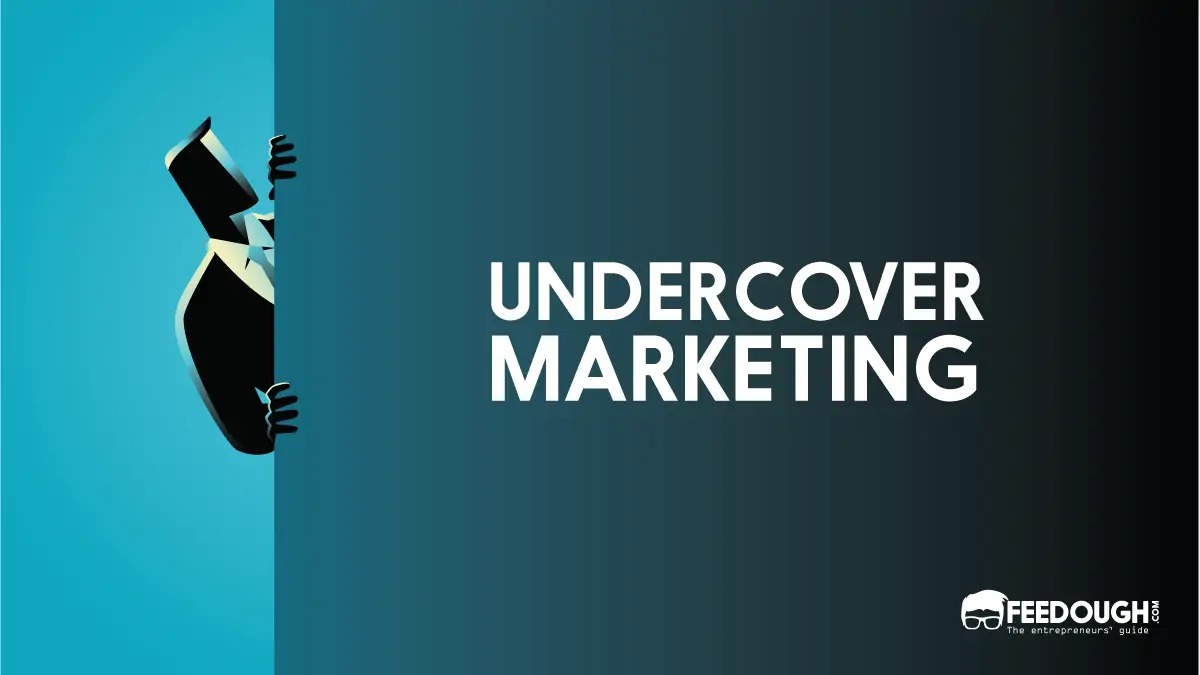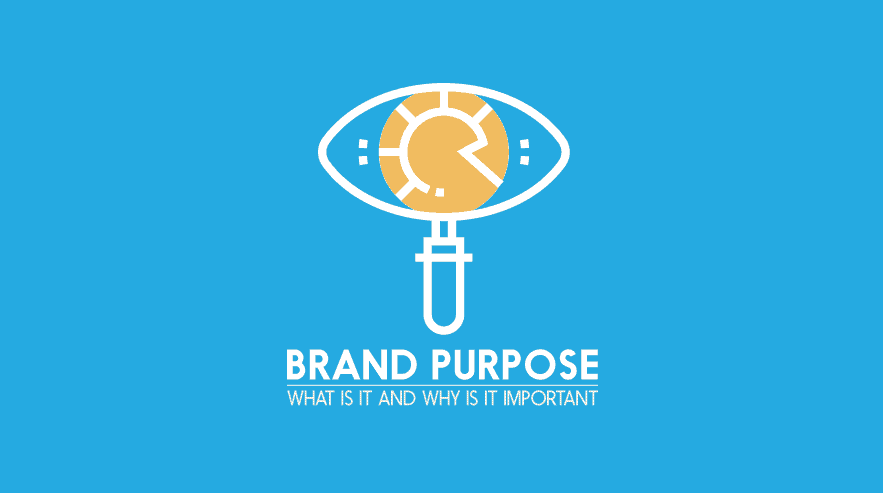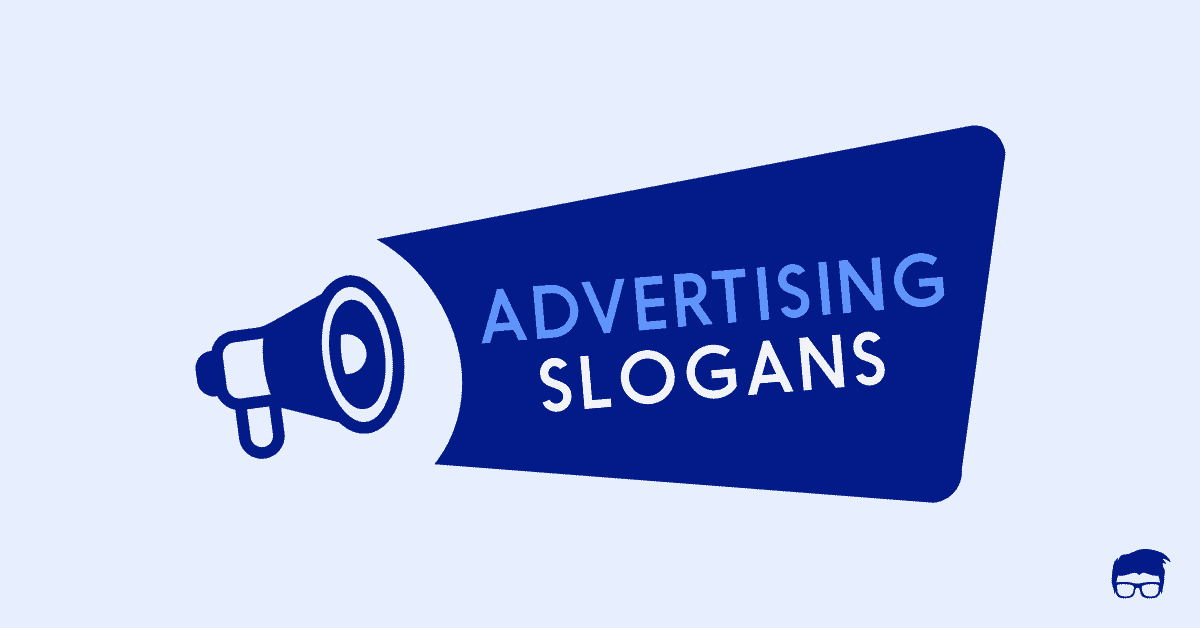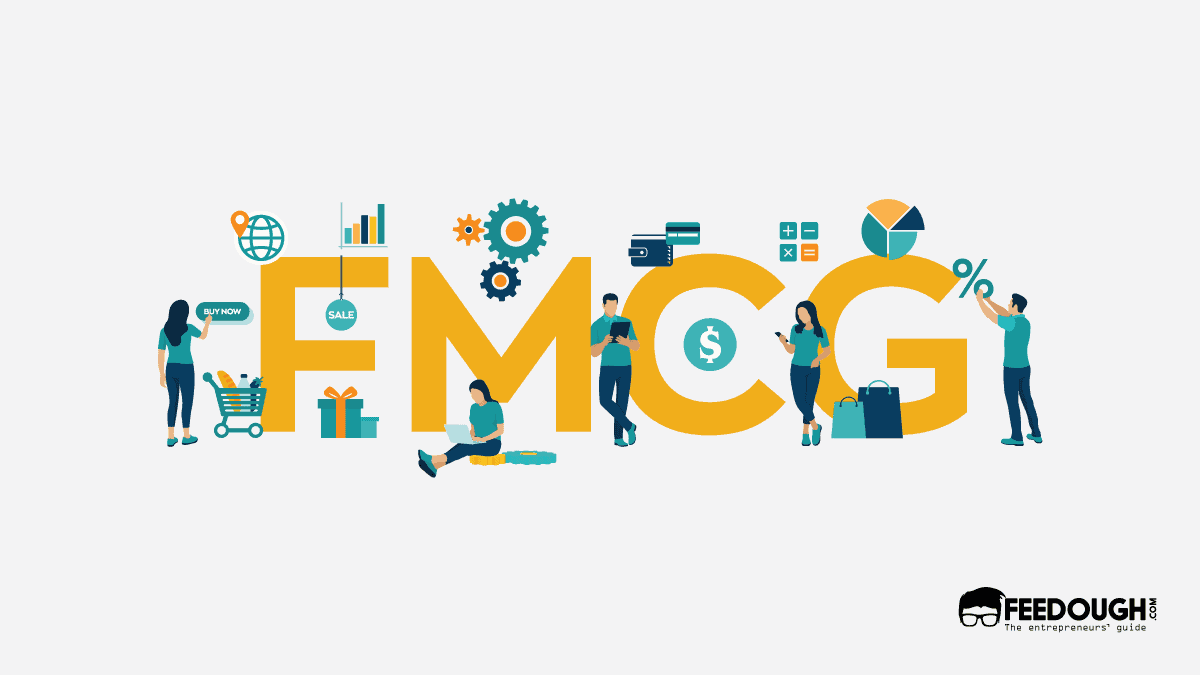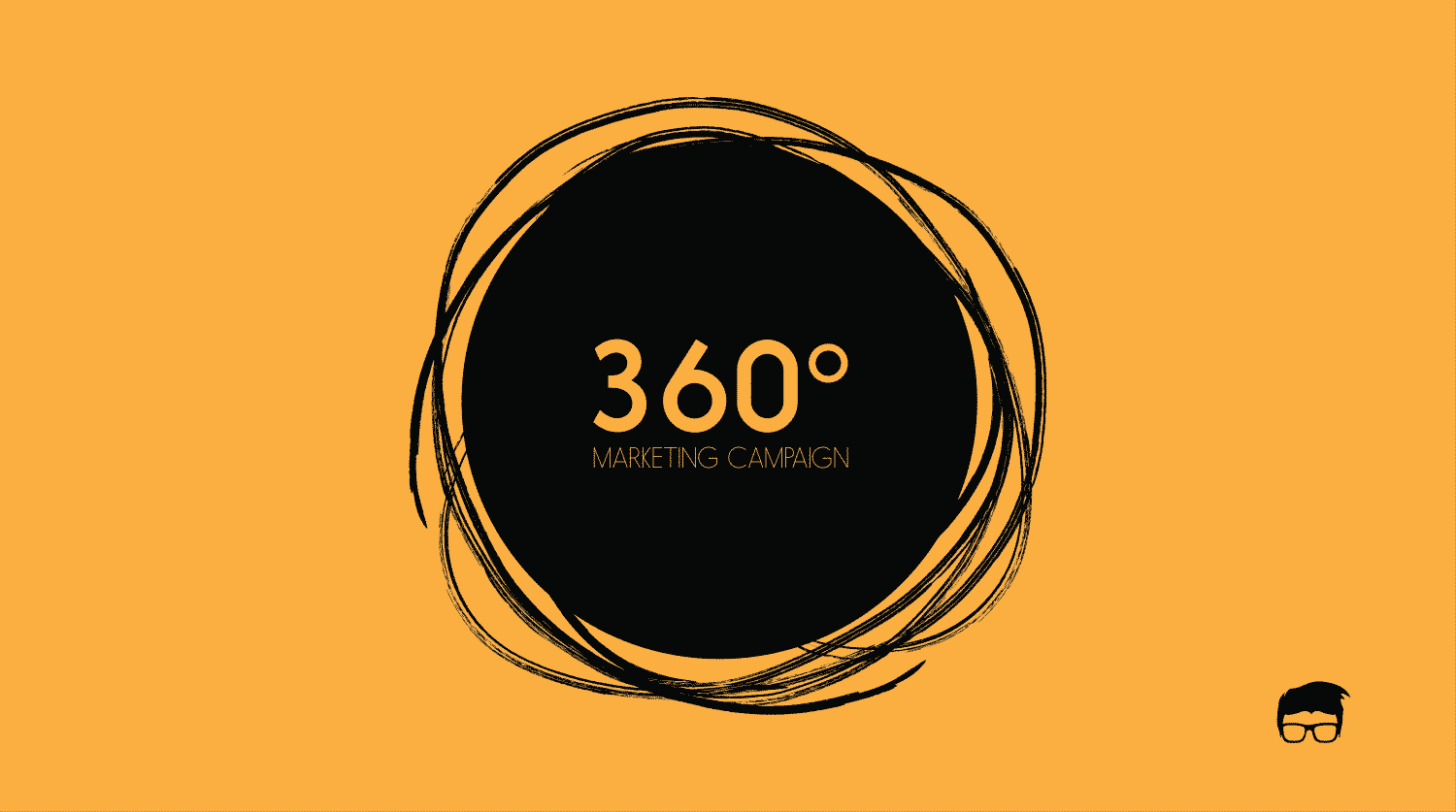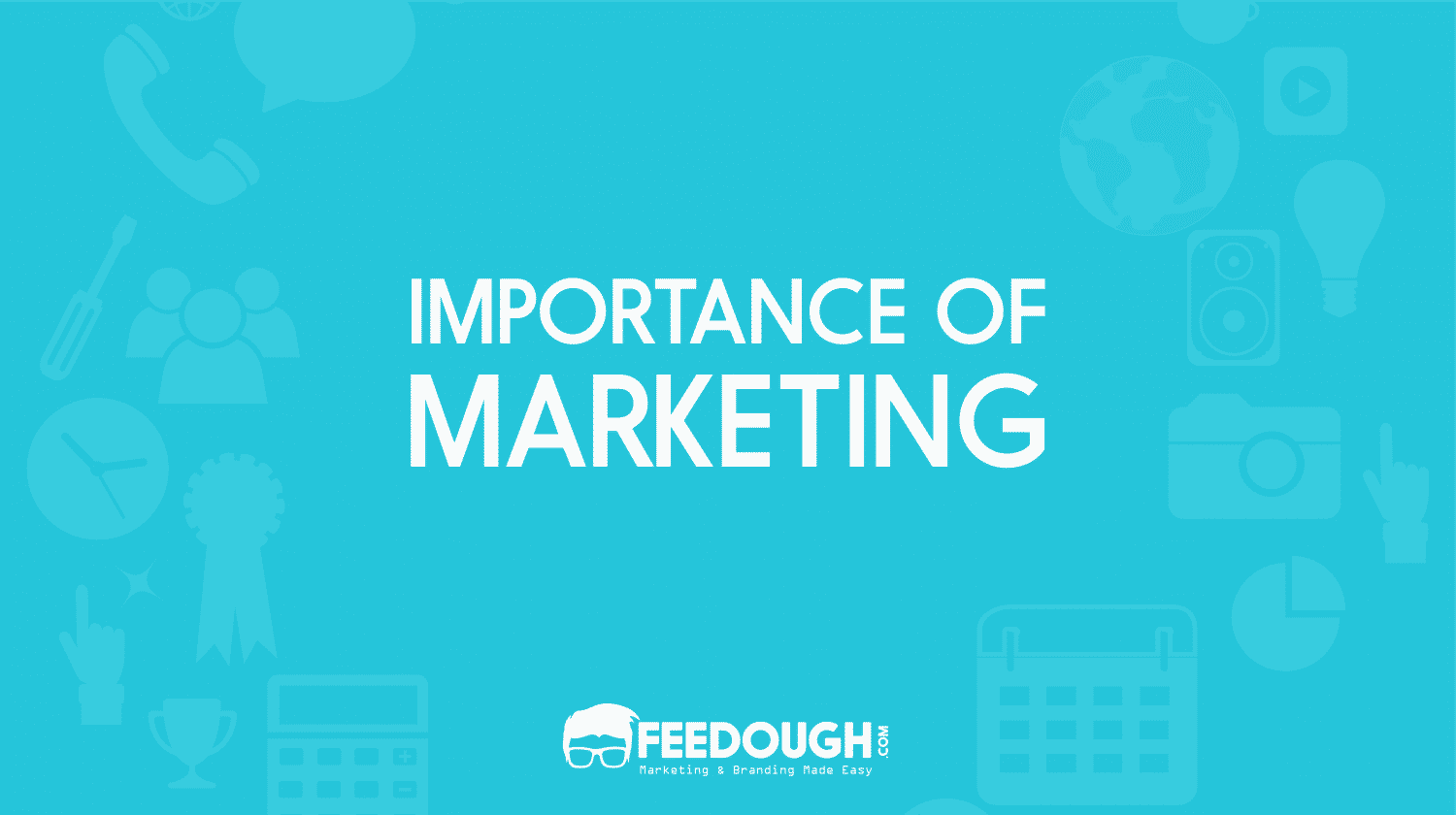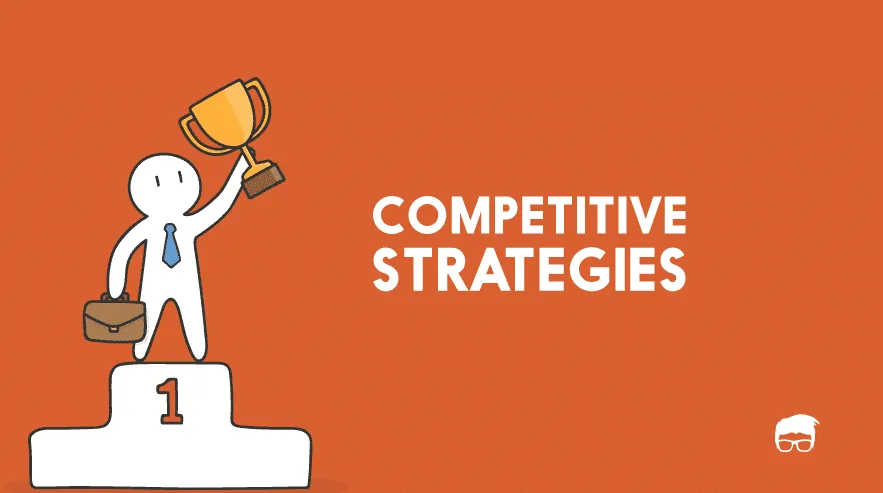Who would expect to stumble across a large life-sized popsicle on their way to work?

One couldn’t help but get impressed with this guerrilla marketing move of Bounty, an American paper towel brand. In 2009, they installed life-sized ‘messes’ like a giant melting popsicle, and a knocked-over coffee cup in New York streets, reflecting their idea of ‘making small work of big spills’. Their strategy was to highlight ‘the quicker picker upper’, their paper towels with super absorbent properties, and show consumers how they’ve got clearing big messes from spilling beverages and dropping food to spilling paint, all covered.
This is the essence of guerrilla marketing, a marketing strategy towards which most brands are inclining nowadays. Let us demystify various aspects of guerrilla marketing and look at one of the most innovative examples.
What Is Guerrilla Marketing?
Guerrilla marketing is a marketing strategy where brands use cost-efficient unconventional and creative tactics to create a lasting impression on their target audience.
Introduced in 1984 by Jay Conrad Levinson in his book Guerrilla Marketing, it refers to using inexpensive unconventional ways to amplify awareness of products and services offered by a brand. Brands interact with consumers personally or digitally by bringing in a remarkably untraditional element that creates an impact on them. The idea is that when traditional marketing strategies do little good, brands can bring in their ‘guerrillas’.
Why Is It Called Guerrilla Marketing?
The name guerrilla marketing draws inspiration from guerrilla warfare which relates to small tactics used by paramilitary personnel and armed civilians. These tactics make use of ambush, sabotage, raids, and other elements of surprise. Akin to guerrilla warfare, guerrilla marketing strategies also use creative ways that have an essence of a surprise to create an impact on the audiences.
Objective Of Guerrilla Marketing
The main objective of guerrilla marketing is to create a buzz in the market using unique and engaging campaigns that use limited resources. Besides this, marketers opt for guerrilla marketing when they want to –
- Stand out from the clutter of paid advertisements and develop a unique positioning in the customers’ minds.
- Build a brand in a way that is remembered well by the audience.
- Earn media attention as news agencies and media houses often cover such guerrilla marketing campaigns and showcase the same to their audience.
- Get viral as guerrilla marketing campaigns carry a social value which
Types of Guerrilla marketing
Now that we know what guerrilla marketing is, let us delve deeper into the various types of the same.
Ambient Marketing
It refers to the promotion of products and services using different elements of the environment, imaginative ideas, and unusual locations. Thus, they make effective use of the environment.
Frontline, a brand that produces products for flea and tick prevention for dogs, had put up this creative image of a dog-insect illusion to appeal to people’s emotions by making it difficult for them not to look at it twice!
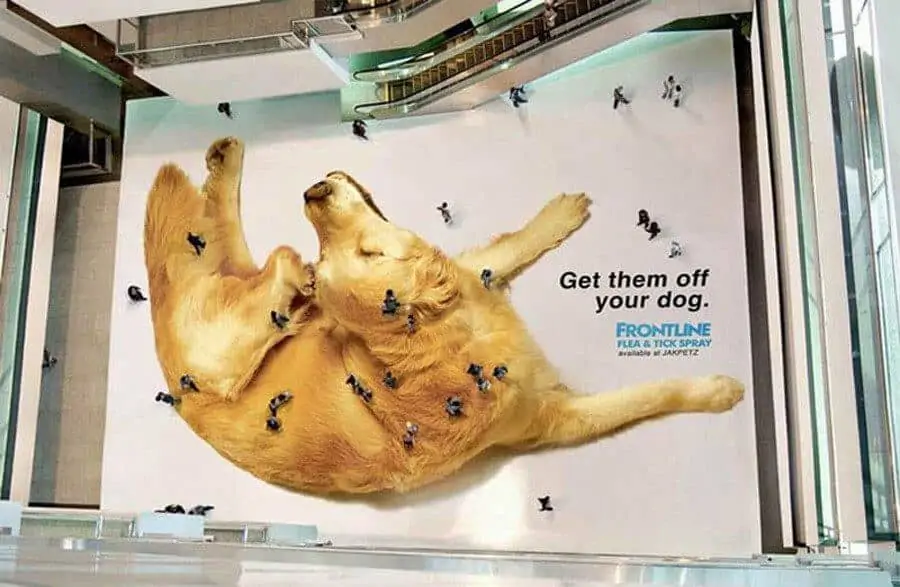
BIC’s lawn mowing razor campaign in Japan also made a remarkable impact on people, making them ponder if the impossible task of shearing a lawn with a razor was probably not as impossible with BIC’s razor!
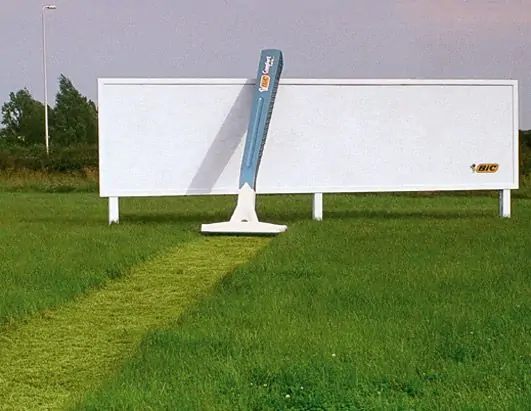
Ambush Marketing
Ambush precisely means a surprise attack by someone lying in wait in a concealed position. In ambush marketing, a marketer uses ‘ambush’ to get the upper hand over its competitors by stealing the spotlight from them. It is one of the key tools used in brand wars since it makes a brand gain more exposure and capitalise on an audience at the cost of its competitors.
In the 2010 FIFA world cup, Nike used ambush marketing to win over its competitor, Adidas. Adidas was the game’s official sponsor while Nike advertised its products through TV commercials and popular football players.
Similarly, in the 2014 FIFA world cup, Coca-cola was the official marketing sponsor, and Pepsi ambushed its marketing efforts by signing 19 renowned players.
Undercover or Stealth Marketing
Undercover marketing refers to marketing in a subtle and ‘hidden’ way, such that it doesn’t seem like a marketing ploy to consumers. The idea is to market products in a less obvious manner that aligns with the idiom, ‘flying under the radar’.
For instance, the last thing a person consuming an ice cream bar would anticipate is that the wooden stick turns out to be Colgate’s emulated toothbrush.

Viral or Buzz Marketing
Viral or buzz marketing techniques aim at maximising the word-of-mouth marketing potentials of a product or campaign. It means to market in an impactful way to capture people’s attention, such that it makes people talk about it. This makes the target audience more receptive and helps create a buzz about the product.
EA Games launched the Tiger Woods PGA Tour 08 game with an intriguing shot called the Jesus shot where Tiger Woods would go into the water to play the shot. It was meant to highlight that players were allowed to hit shots while standing on water hazards in the game. It was later revealed that this was done to create a buzz about the game.
Grassroots Marketing
Grassroots marketing refers to marketing strategies that attempt to target a highly niche audience to propagate a brand message to a larger audience and amplify its visibility in the marketplace.
The ALS bucket challenge in which people were supposed to pour a bucket of ice water on their heads and then challenge others to do the same is an example of how grassroots marketing initiated a chain reaction, helped spread awareness about the disease and inspired people to donate money for the cause. The idea was to inspire people to support the cause and take action from the ‘ground up’.
Street Marketing
Street marketing involves using unconventional marketing strategies to promote a brand in streets and other public areas. The primary objective is to create a lasting impression on the public using various innovative ideas. Some activities include customising street elements, arranging flash mobs, distributing products or flyers in creative ways, and organising roadshows or human animations.
McDonald’s street crosswalk of french fries is an excellent example of street marketing.

Reverse Graffiti Strategy
Sometimes, marketers remove dirt and grime from a street or wall and stencil them to create reverse graffitis. They create a lasting impression on the audience and leave an all-natural mark on them. The idea is to treat the city like a ‘canvas’ and impart their message through it.
A lot of popular brands use reverse graffitis for promotion.

Experiential Marketing
Experiential or engagement marketing strategies engage consumers by involving them in the brand’s marketing campaigns. They help in spreading brand awareness and make consumers connect with the brand. They often tend to be event-centric.
For instance, Coca-Cola’s happiness vending machine on Valentine’s Day, which appeared only when couples passed by, was a very innovative strategy that helped the brand win people’s hearts!

Astroturfing
Astroturfing is one of the most controversial guerrilla marketing tactics which brings with it a possible risk of having a detrimental impact on the company if the consumers find it unauthentic. It derives its roots from the word ‘astroturf’, which means ‘fake grass’. It involves generating fake hype or creating an artificial appearance of support by using fake endorsements, testimonials, or other means.
Features of Guerrilla marketing
- Element of surprise and out-of-the-box thinking– Guerrilla marketing strategies are unique and creative and they help a brand stand out.
- Cost-effectiveness– They require less cost inputs since the key factor is the idea and not the amount of money invested.
- Authenticity– The strategies should be unique and authentic to create an impact on the target audience.
- Interactiveness– Guerrilla marketing strategies give brands the opportunities to interact with their target audience and understand better what they need.
Advantages Of Guerrilla Marketing
Using guerrilla marketing strategies can be fruitful for a brand because of the following reasons:
- Cost-efficient– Execution of guerrilla marketing strategies is very inexpensive and does not burn holes in the brand’s pockets. They require less investment and more creative thinking.
- Interaction with the audience: These strategies help brands connect with their consumers at a more personal level.
- Grows with word of mouth: Guerrilla marketing strategies depend heavily on word of mouth, one the most powerful weapons any marketer’s arsenal has. That is, to get people to talk about your products and services.
- Impact creation: Since guerrilla marketing strategies are innovative, they form a lasting impression on the minds of the people.
- Publicity can snowball: These strategies help a brand increase its reach and target a larger audience. They help create awareness and buzz about its products in the market.
Disadvantages Of Guerrilla Marketing
Guerrilla marketing strategies can however, bring along with them potential drawbacks which a brand should be aware of.
- Potential backlash : The audiences might disapprove of the marketing strategy and the brand might have to bear their wrath. Thus, brands should be aware that if the campaign turns out to be unsuccessful, there are chances that it boomerangs the brand image.
- Strategic risks: Since perception of creativity lies in the eyes of the beholder, guerrilla marketing tactics might have chances of getting misunderstood by people. Lack of clarity and the openness to interpretations might skew them against the brand. There might also be cases where word of mouth backlashes since it is something beyond the control of the brand.
- Uncertainty: Brands can not be sure if a strategy would have a positive impact since these strategies come with an air of mystery around it. They will have to take a chance and see if it works in their favour.
- Legal risks: Brands should be careful about these strategies, their product placements, locations and other factors so as to keep out of any kind of legal troubles.
- Unforeseen obstacles: There might arise circumstances where inappropriate timing or bad weather could undermine the guerrilla marketing campaign.
Guerrilla Marketing Examples
Numerous brands have come up with innumerable guerrilla marketing campaigns. Some of the renowned campaigns are:
Coca Cola Happiness Machine
As part of their Happiness Machine campaign, which included installing happiness machines that pass out free drinks and other Coca-Cola merchandise in various crowded destinations like colleges, malls, Coca-Cola installed a love machine in an Istanbul mall. This machine gave free Coca-Cola cans to any couple who proved their love.
One of the Happiness Machine campaign ideas was used to unite two nations, India & Pakistan. Ever since the partition of India, these two countries, though very similar, were always considered rebels. With its small world Machine, Coca-Cola tried to bring them closer and received a wonderful response from both countries’ people.
Mini Cooper Guerrilla Marketing Campaign
To end their 99-Euro a month campaign, Mini Cooper wanted to do something out of the box. Hence, they and their creative team came up with an idea of placing empty cardboard boxes over the leftover Christmas Garbage in the city. This campaign cost them less than €5,000 and created a buzz around the city. It was a clever idea to show how small and affordable Mini is. This was a significant step towards creating a favourable brand positioning.
How To Launch A Guerrilla Marketing Campaign
Guerrilla marketing campaigns rely on the mix of right trigger, right time, right channels, and the right audience. Once all these prerequisites are met, the campaign starts its job on the automation mode.
Choose The Right Location
Choosing the right location to market a product plays a major role in determining its impact on the people and how successful the guerrilla marketing campaign turns out to be.
For instance, in 2009, T-Mobile orchestrated a flash mob at Liverpool Street Station which did not just help it target hundreds of people but since the event was broadcasted live, it helped the brand reach millions of people. This move helped it increase user engagement and brand visibility eventually.

Make Use Of Visuals
Visuals can be processed 60,000 times faster than text. Since consumers can relate more to visuals and they have a greater impact on them, brands should use more visual content, images, graphics, shapes and abstracts for greater customer attention.

Don’t Tell Them Everything
Leaving a message open to interpretation brings in the elements of mystery and surprise and makes people come back for more. It helps create more engagement than telling them everything about yourself in one go.
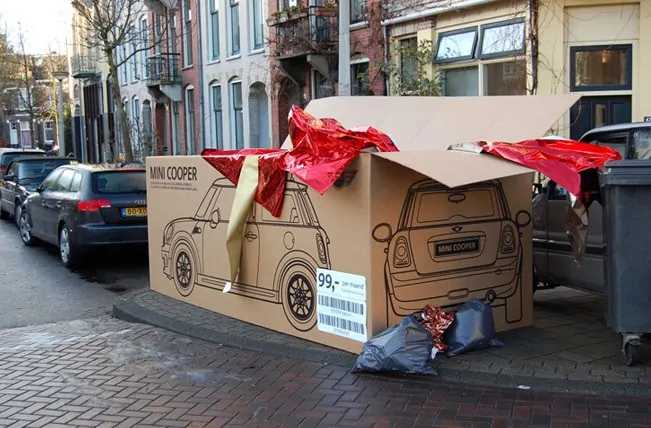
Offer More Than What Others Offer
Finding unique ways to stand out of the crowd helps capture people’s attention. The element of surprise and the fact that no one else has ever done it before makes the idea more out of the box. Brands can also offer additional incentives like hampers, coupons, gifts and something beyond what all other competitors have to offer to stand out.
Be Responsive And Spontaneous
Being spontaneous and keeping up with changing trends is very essential for a brand to keep pace with its competitors. Brands should respond to customer queries and make them understand why they ‘need them’ or how they can help them to garner customer retention.
Stick To The Brand Identity
Instead of doing anything for the sake of standing out, one should be who they are and show who they are to the people through creative and innovative means. Interacting with the audience and engaging more with them helps understand customer persona and bridges the gap between brands and their audiences.
An example of the same is Google’s Bay Area Impact Challenge where organisations across the bay area were invited to submit ideas to address some of the most challenging societal issues. The 5 brightest ideas were to receive a funding of $1 million from Google. This helped Google raise brand awareness, promote a cause and engage with the community.

Keep In Mind The Target Audience
A brand should know who its target audience is to be able to optimise the marketing strategies well. It should also keep in mind the potential to expand the customer base and tap into new audiences, be it in a new location or an entire age group of customers.
Bottom-Line?
Guerrilla marketing strategies give an opportunity to brands to think out of the box and expand their target audiences by tapping into new markets. However, a brand should keep in mind the potential drawbacks that come along with them and should analyse whether taking the risk is worth it. With an ever increasing competition for garnering attention, creativity and out of box thinking helps brands stand out even if it means bringing in their ‘guerrillas’.
Go On, Tell Us What You Think!
Did we miss something? Come on! Tell us what you think of this article on guerrilla marketing in the comment section.
An economics aficionado and a researcher at heart, Shrishti has also worked as a consultant to assist startups and NGOs in varied verticals. When not working, she is a passionate dancer and painter.
